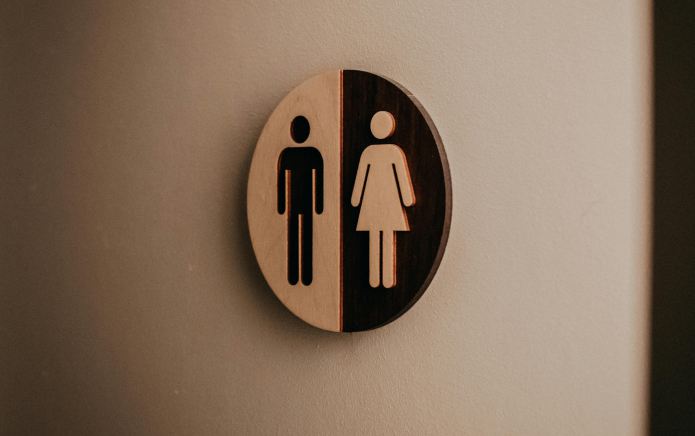Scottish schools are now required to enforce toilet polices on the “basis of biological sex.”
The decision stemmed from a dispute centring on whether a trans woman with a Gender Recognition Certificate (GRC) should be treated the same as a cisgender woman under the UK’s Equality Act 2010.
A week later, a Scottish judge ordered that schools must provide single sex toilets after a case against the Scottish Borders Council (SBC) was brought to the court, per the BBC.
In light of the aforementioned rulings, the Scottish government issued “revised guidance for schools on supporting transgender pupils” on 29 September, which includes new recommendations for campus toilets and changing rooms.
The updated guidance says that under the law, schools must provide separate toilet facilities for boys and girls “on the basis of biological sex” – which the document refers to “sex recorded at birth – and accessible facilities for young people with a disability.
It also says that “educational authorities and schools should consider toilet provisions necessary for transgender pupils,” such as “gender neutral provisions.”
“The design of gender neutral facilities should ensure privacy for all young people. In practice, this should include features such as full height walls and doors and should take account of the particular needs of female pupils,” the guidance adds.
“Where any change is being introduced to the arrangements that a pupil has been familiar with, there should be additional planning and consideration of their needs, including relating to their safety and wellbeing.
“It is necessary to recognise and mitigate as far as possible, the risk of ‘outing’ a young person. This may mean that it is necessary that practical arrangements such as enabling young people to use facilities outwith usual breaktimes, or for particular facilities to be available aligned to the young person’s activities within school, to reduce visibility of them moving across and within the school building to access toilet or changing room facilities.”
Previously, schools were told that trans students could use any toilet they felt most comfortable in.
In an interview with BBC Radio Scotland’s Good Morning Scotland, Education Secretary Jenny Gilruth gave further insight into the adjusted guidance.
“The Scottish Government has made it absolutely clear that we accept the Supreme Court ruling, and since April we’ve been taking forward the detailed work that is necessary as a consequence of the ruling,” she said.
“Now we know in Scotland all schools are required to provide separate toilets for girls and boys, and in addition, the guidance makes clear that councils should give careful consideration to the individual needs of transgender pupils in light of the school context.”
Gilruth went on to say that the guidance was not mandatory, just suggestions from the Scottish government.
“That’s because of the statutory legal requirements that mean under the 1980 Education Act that our councils run our schools, not the government directly,” she continued.
“There are not penalties, but of course it is incumbent on the government to update our guidance in line with legal changes.”
While Gilruth confirmed that the guidance isn’t mandatory, she confirmed that schools are “required by law to have separate toilet facilities for boys and girls and also to have accessible toilet provisions.”
“And of course the guidance has been updated to recognise the clarification of the definition of sex under the Equality Act 2010 following the Supreme Court judgement,” she added.
In a separate interview with Good Morning Scotland, the general secretary of the Educational Institute of Scotland (EIS) discussed the challenges that arise with the new guidance, stating that it doesn’t fully address the needs of trans youth.
“Considering the nature of the Supreme Court judgement, it would be difficult for the Scottish Government to advise anything other than something which is considered to be compliant with the law,” she explained.
“The difficulty with it is that it perhaps does not fully address the needs of transgender young people in that many of them will not feel comfortable whatsoever using the toilets that the guidance suggests that they should.
“There’s suggestion in the guidance that perhaps those young people could use disabled toilet facilities or even staff toilet facilities, and neither of those are perfect.”
